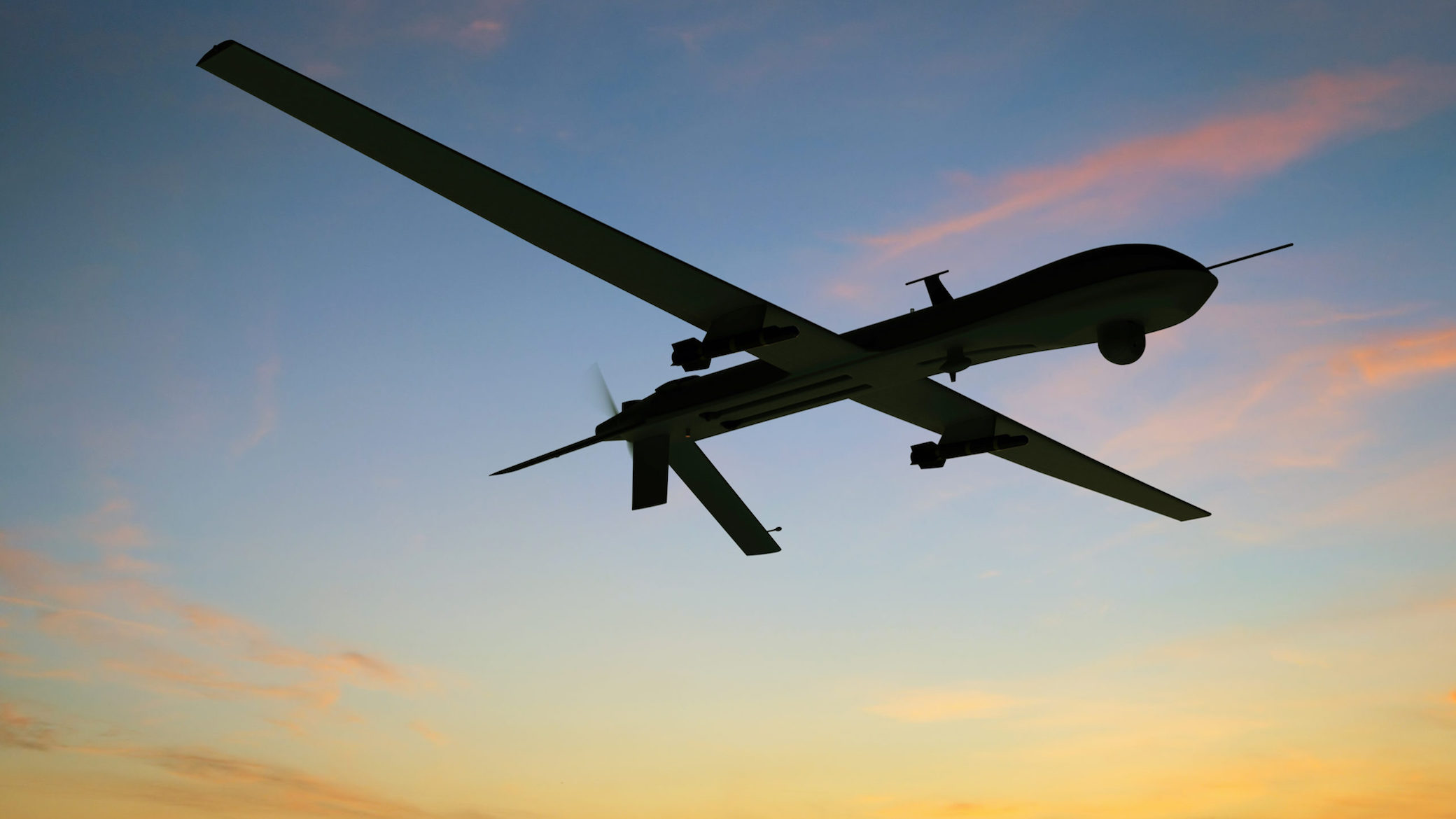Loro Horta

After a decade of extensive research and development, China has begun demonstrating growing confidence in drones’ manufacture—and their use in warfare.
Although many militaries around the world use drones in military operations, none integrate them in such a comprehensive a manner as the People’s Liberation Army (PLA). While US military operations in Afghanistan and Pakistan limited drone use to specific targets and individuals, the PLA, particularly its air force and navy, considers drones to be as important as any other offensive combat system. It does not see drones as mere auxiliaries, but a crucial combat component to compensate for some of its weakness.
For example, even though China has begun deploying modern combat carriers such as the J-20 stealth fighter and nuclear-armed submarines, it does so in relatively small amounts, and many believe its capabilities remain inferior to the United States’. To compensate, the PLA has adopted an asymmetric strategy. Thousands of missiles are deployed near the coast of Taiwan that can strike US aircraft carrier battle groups and reach US military bases as far as Guam. Drones complement the strategy of missile strikes in combination with modern fighter jets, submarines, and surface ships operating closer to China’s coast, which would be deadly for American forces.
Chinese sources report that a twin-seat version of the J-20 is under development. The extra pilot will allow the aircraft to perform more tasks, including operating several air drones which could be used for recognizing and partaking in attack missions, providing a protective barrier to the J-20 and improving its odds against superior American fighters. The Chinese air force’s most ambitious project is the “flying aircraft carrier,” a mother ship air drone that would carry several drones to be used in swarm attacks against enemy aircraft and air defense systems. Airshow China 2021 displayed the GJ-11 stealth air drone, designed for reconnaissance and attack missions in heavily defended air space. The GJ-11 is the most advanced drone of its kind; more advanced than anything the United States currently has in its inventory.
The Chinese air force is not merely relying on state-of-the-art drones. It is also converting obsolete fighter jets such as the J-7 into drones. Some analysts have speculated that these conversions have been used for incursions into Taiwan’s Air Identification Zone. Though no match for Taiwan’s modern fighters, when used in large numbers and mixed with modern fighters, they can confuse an opponent’s air defenses.
The PLA Navy (PLAN), just like the US Navy, believes that the odds of war between China and the United States will increase in the coming years and that naval warfare will be crucial. To counter US aircraft carriers, nuclear-armed submarines, and modern fighters, the PLAN is also investing heavily in drones. In July, one source reported that China was testing a “cross medium UAV,” a drone that can operate both underwater and in the air. The United States operates such drones, but those developed by China are far more sophisticated.
China’s Yunzhou Tech is developing a drone ship carrying six smaller water drones to attack the surface of enemy ships. The six-armed drones are to work in a coordinated manner to surround and proceed with its offensive operations. The growing sophistication of Chinese technology suggests that these ship drones will become more powerful and carry greater numbers of smaller attack drones. Chinese scientists have also developed a shark-shaped drone to attack submarines. In December 2020, for instance, an Indonesian fisherman found a Chinese underwater drone off the coast of South Sulawesi, close to northern Australia.
In September, several media reports claimed that China successfully landed a hypersonic drone. If such reports are accurate, China will be the first nation to achieve such prowess, placing it ahead of the United States in both drone and hypersonic technology.
If a conflict were to break out with the US Navy over Taiwan, the PLAN has no intention of fighting the United States in an open conventional naval battle, like the Battle of Midway. US forces will have to come closer to China’s coast, where the PLAN and PLA Air Force (PLAAF) enjoy the advantages of proximity to their logistic base and the protection of its missile umbrella. That means reaching Taiwan will be a difficult and bloody operation for the United States.
The US military has the upper hand in many areas, such as aircraft carriers, stealth fighters, nuclear-armed submarines, and satellites. However—and such a possibility is by no means certain—if China were to acquire the lead in hypersonic missiles, hypersonic and stealth attack drones, cruise and ballistic missiles, and cyber warfare, it is no longer clear that the balance of power favors the United States.
What’s clear is that the PLA believes that drones are the future of modern warfare, which is why it has embraced it. The United States would be well-advised to invest more in drone technology and the means to counter it.

No comments:
Post a Comment